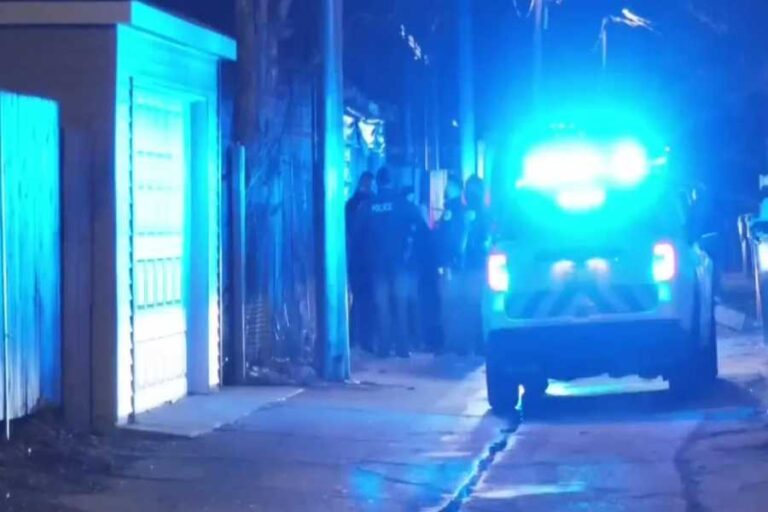A homicide investigation is underway after a tragic discovery in the city’s Lawndale neighborhood. A 13-year-old boy was found shot to death in a backyard early Monday morning, reigniting calls for the reinstatement of ShotSpotter, a gunshot detection system that was removed from Chicago last year.
Authorities confirmed that no 911 calls were made at the time of the shooting. Chicago police officers discovered the unresponsive teen while on patrol, hours after his mother had reported him missing. The lack of immediate intervention has raised concerns about how gun violence is handled in the city.
Ald. Monique Scott (24th) emphasized that ShotSpotter technology, previously deployed in the area, could have provided crucial real-time alerts to law enforcement. “If we had ShotSpotter or some kind of tool, we could’ve known where to find this kid sooner,” Scott said. “Instead, he was just left in a backyard for who knows how long.”
Scott, along with other city officials, is advocating for the return of gunshot detection technology. Ald. Raymond Lopez (15th) echoed the urgency, stressing that the city cannot afford to ignore the role technology plays in aiding first responders. “We can’t keep doing this,” Lopez stated. “We can’t keep pretending everything is alright when we know it’s not. If anything comes out of this tragedy, it should be the last time we have someone killed and left outside because no one called 911.”
Lopez pointed out that 32 other aldermen share his stance, demonstrating broad support for reinstating the technology. “This is exactly what my colleagues and I were trying to tell the mayor,” he said. Last year, the City Council voted 33-14 to overturn Mayor Brandon Johnson’s decision to remove ShotSpotter, yet the system remains offline.
Mayor Johnson, who campaigned to eliminate ShotSpotter, cited cost and effectiveness concerns as primary reasons for discontinuing the service. The technology, implemented in 2017, cost taxpayers roughly $50 million but faced criticism for failing to significantly increase arrests and prosecutions or lead to the discovery of physical evidence. Despite the council’s vote to reinstate ShotSpotter and transfer decision-making authority to Chicago Police Supt. Larry Snelling, Johnson refused to take action. Initially, he threatened to veto the ordinance but later dismissed the measure as “not enforceable.” “The Johnson administration refuses to adhere to the laws passed by City Council that say we want this technology available,” Lopez said.
The young victim’s death has left a family grieving and a neighborhood shaken. The lack of swift police intervention has reignited concerns over Chicago’s response to gun violence. Scott stressed that the city must recognize the reality that many residents do not report gunshots out of fear or desensitization. “We need some type of gun detection technology,” she insisted. “It works. It saves lives. No, it’s not a miracle tool that’s going to stop bullets mid-air, but it tells us where gunshots are coming from.”
In some neighborhoods, gunfire has become so common that residents no longer react. Scott emphasized that this normalization of violence is exactly why a real-time gunshot detection system is needed.
As the pressure mounts, the city’s next steps remain uncertain. Will Mayor Johnson reconsider his stance in light of renewed public outcry? Or will Chicago continue without an automated gunshot detection system? Lopez and Scott vow to push for immediate action, urging fellow council members to advocate for public safety measures that prioritize lives over politics. “If we say we care about our communities, we have to prove it,” Lopez said. “This young boy deserved better. And so do the countless others who will face the same fate if we don’t act now.” While debates continue at City Hall, grieving families remain caught in the crossfire, waiting for solutions to an issue that, for them, is a matter of life and death.
